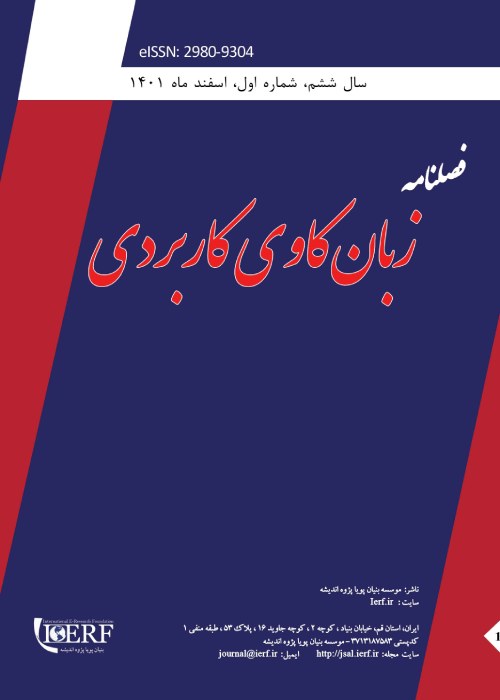The realization of the Visual Religious Symbols in the Vernacular Ceiling Paintings Motifs of Mazandaran [In Persian]
Mazandaran is the origin of Alevi Shiite and contains Islamic valuable buildings. The paintings of the ceilings are a kind of indigenous and religious architecture of the North Mazandaran, most of which are illustrated in the Qajar period. Drawings that originated from the artist's imagination, adapted from religious books and Quran, are the cultural and social life of the artist at his time. In other words, the themes such as plant, epic and mythological motifs, and geometrical and religious motifs are seen. The color is generated by the means of taking the light by the eye and it has emerged through the radiation and reflection of the light against the eye of the spectator. Meanwhile, color is a visual element that is used as an element or a metaphorical symbol in art. Many artists are using colors fit with the concept, which is due to transferring through their artistic work to the audiences. Application of the color at the ceiling paintings is restricted and many ceiling paintings missed their color quality and drawing during the time. The colors are reconstructed in some of them including Fulad Kola at Babolsar and "Ahangar Kola" at Ghaemshahr. We studied how the religious visual signs are realized in the development of Mazandaran's vernacular ceiling paintings. This study aims to access the hidden and visible themes of these symbols and the paintings and study how much the people of Mazandaran tend to them in this era. It seems that these two arts, given their common content roots, benefit from common verbal elements too. These arts, aligned and influenced by each other, are an appropriate manifestation to draw the faith and religious beliefs of the people by the artists who are not generally trained and originated from society. The colors in the Quran and Nahj al Balagheh are in the form of the color name itself and their conceptual expression is mostly in yellow, white, black, green, red, and blue colors. Sometimes, the combination of two colors is seen. Of passing the light to darkness and passing the green to yellow color, the concept's replacement and change in the human spirits and actions, come to mind
- حق عضویت دریافتی صرف حمایت از نشریات عضو و نگهداری، تکمیل و توسعه مگیران میشود.
- پرداخت حق اشتراک و دانلود مقالات اجازه بازنشر آن در سایر رسانههای چاپی و دیجیتال را به کاربر نمیدهد.



